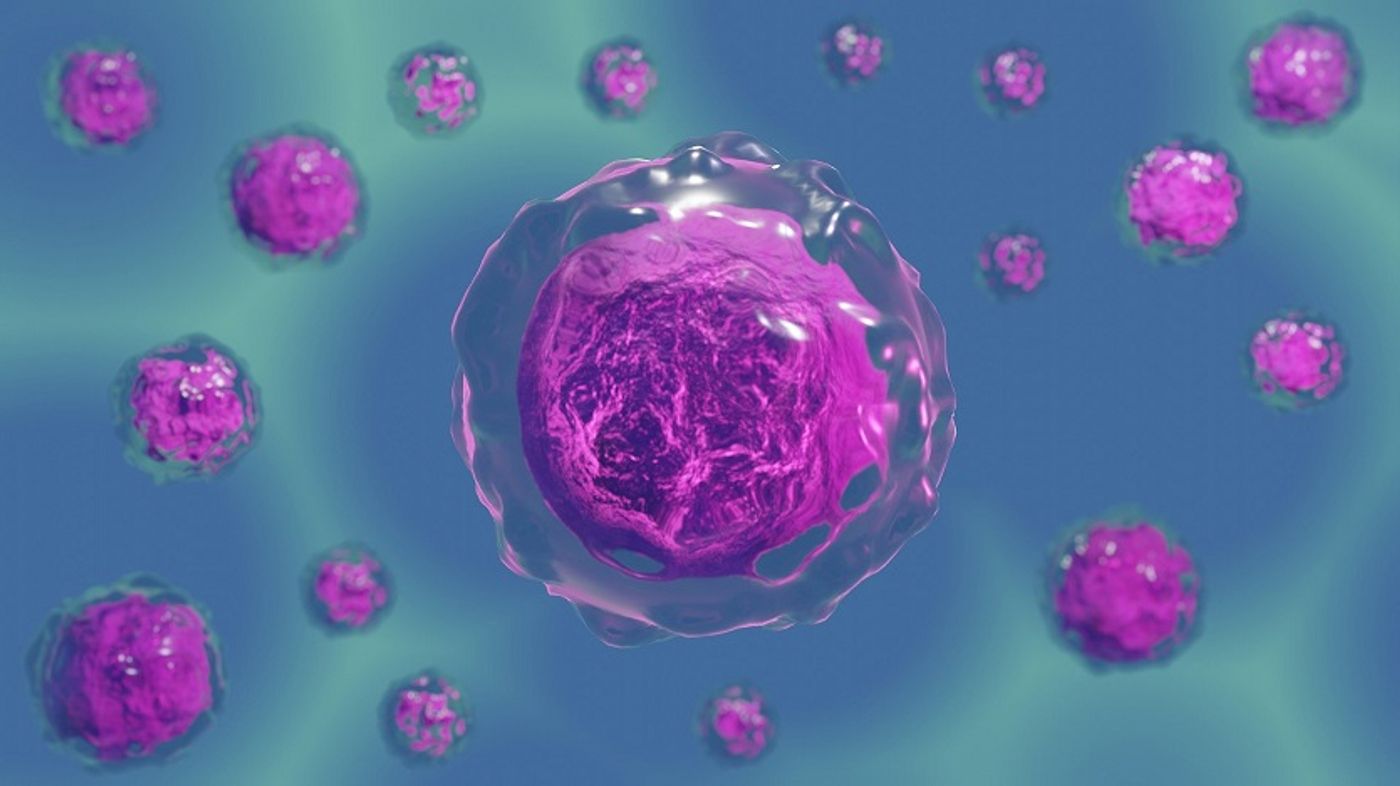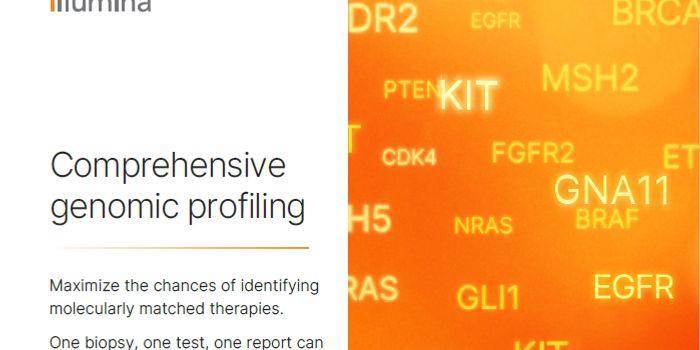Dual Inhibition from One Chemotherapy
Acute Myeloid Leukemia, or AML, is an aggressive blood cancer with a poor 5-year prognosis. The primary chemotherapeutic targets are usually receptor tyrosine kinases. One such kinase is called FLT3. FLT3 is a receptor tyrosine kinase that initiates several downstream pathways involved in cellular proliferation, including Akt, mTOR, and several others. Specific mutations called internal tandem repeats, or FLT3-ITD, cause uncontrolled activation of FLT3 and its downstream pathways. This uncontrolled activation quickly leads to cancer transformation. While several inhibitors exist for FLT3, they all suffer from minor complications, and cancers treated with them were prone to generate resistance against them.
A group from the United Kingdom began an investigation into a new dual inhibitor, CCT241736, that seemed to overcome the issues seen in other FLT3 inhibitors. This new compound had been shown previously to bind to both FLT3, and another kinase called aurora kinase. The aurora kinase is involved in mitosis, and inhibition can result in cell cycle arrest, which can induce cell death. They began their testing by measuring CCT241736 against other aurora kinase inhibitors on AML cell lines in vitro. Standard inhibitors exhibited mixed results, where CCT241736 produced proper cell cycle arrest that induced cell death. This result proved its efficacy in selective inhibition of aurora kinase over other inhibitors.
Next, they decided to examine CCT241736s FLT3 inhibitory abilities. It was shown in previous work that the resistance developed by cancer cells was due to secondary mutations on top of the original ITD. Testing CCT241736 on a screen of FLT3 inhibitor-resistant AML cell lines revealed that CCT241736 was tens of times more potent in its suppression of growth when compared to other FLT3 inhibitors. Mouse experiments confirmed this, and no resistance developed against CCT241736 even after 107 days of treatment. This data suggests that CCT241736 uniquely interacts with FLT3 that, that prevents resistance by new mutations seen in other inhibitors.
The dual inhibitory capabilities of CCT241736 FLT3 and aurora kinase make it a great candidate for possible chemotherapy. Its oral bioavailability and low blood clearance are big pluses in actual treatment as well. The actual mechanism by which CCT241736 inhibits both FLT3 and aurora kinase still needs to be investigated. However, the results of this paper make CFT241736 an attractive target for future chemotherapy research.
Sources: Blood Advances, OncLiveTV









